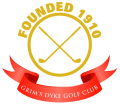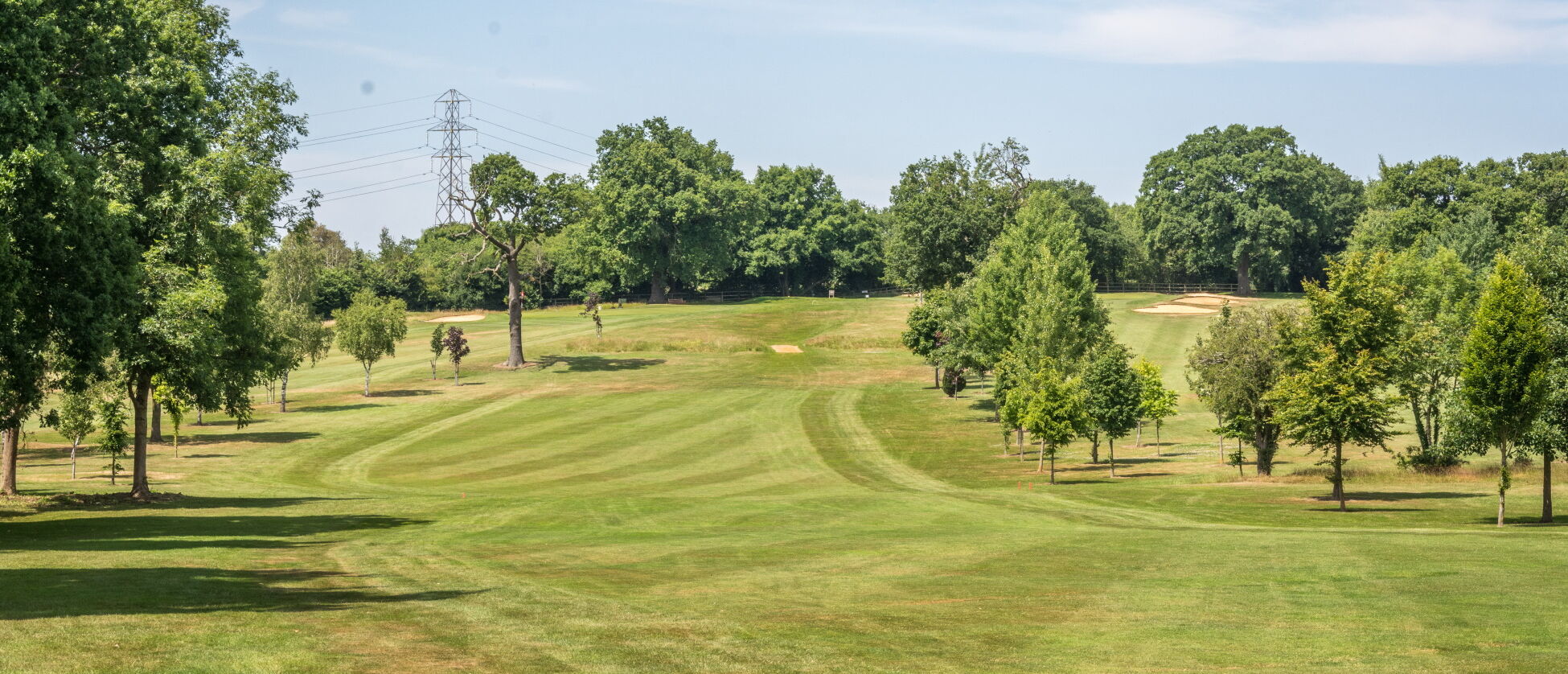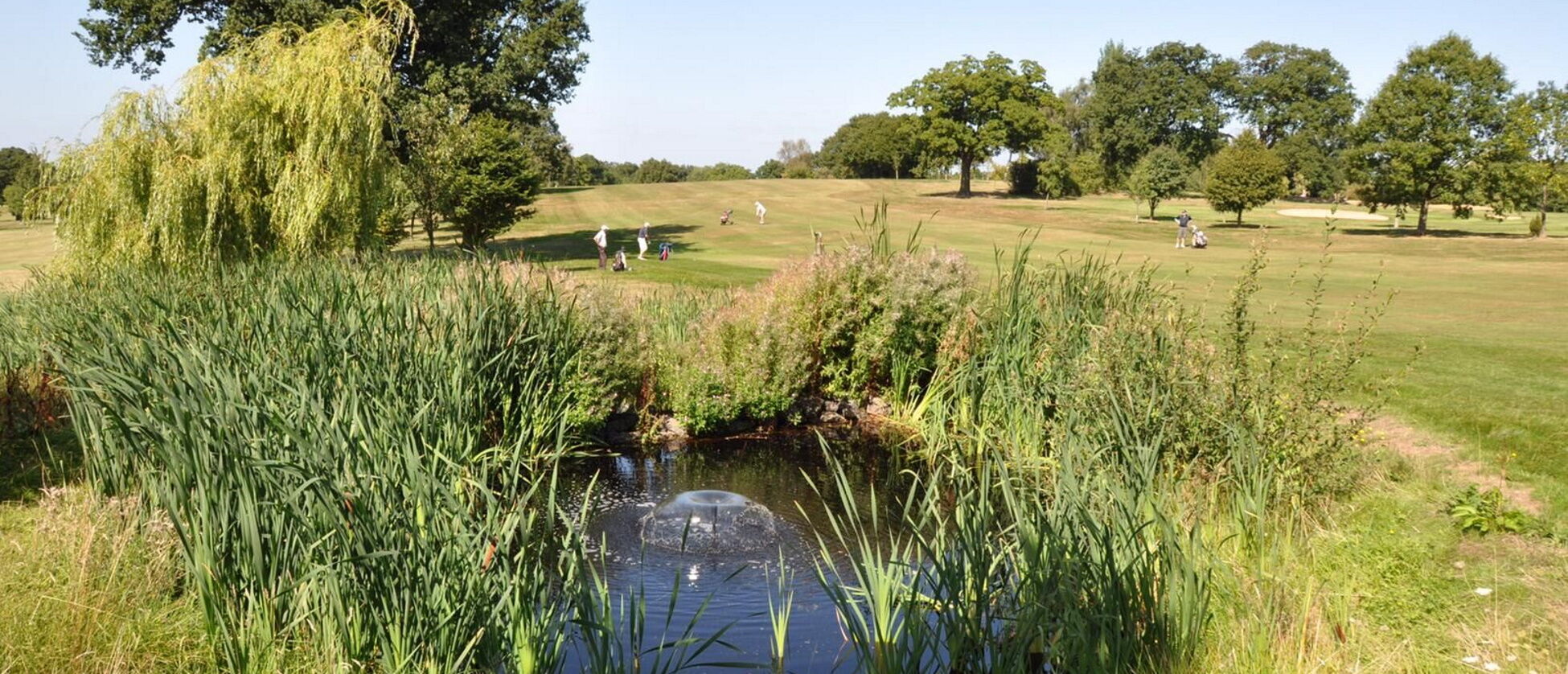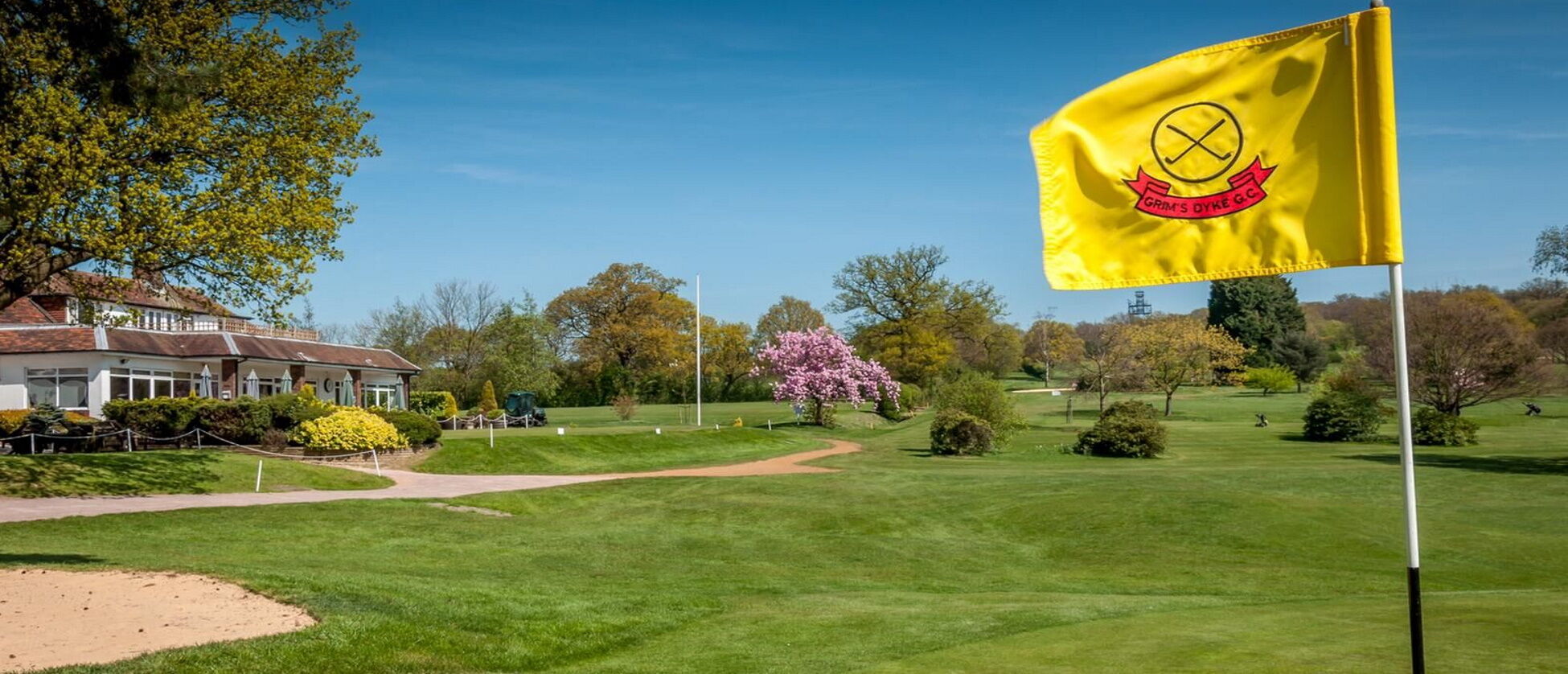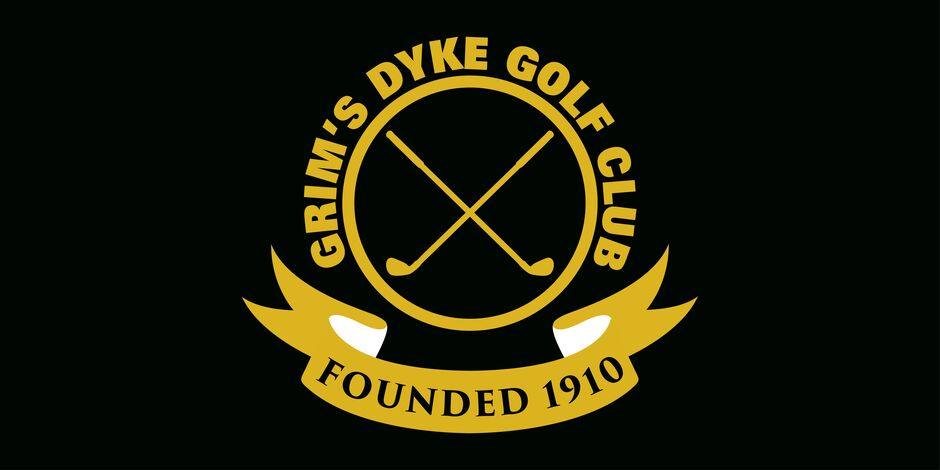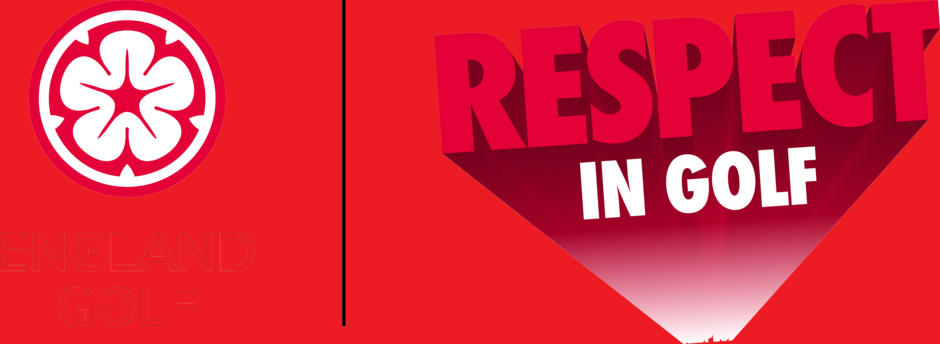
Local Rules
PENALTY FOR BREACH OF RULE: Match play – Loss of hole; Stroke play – Two strokes.
1. OUT OF BOUNDS (Rule 18.2)
Beyond any wall, fence, railing, hedge, ditch bounding the course and any areas marked by white posts.
Whilst playing the 8th hole, a ball played on to or beyond the 7th fairway, the 7th green or the cut pathway from the 7th tee to the 7th fairway.
2. Penalty areas (Rule 17)
All Penalty Areas are deemed to be RED and are defined by their natural margin. The natural margin is where the ground ‘breaks’ into the penalty area.
Unmarked ditches on the course (even if they do not contain water) are deemed as red penalty areas.
3. PROTECTION OF YOUNG TREES (Rule 16.1f)
Young trees identified by being supported or protected by a stake or other device are no play zones. Relief must be taken if such a tree interferes with the player’s stance or area of intended swing under Rule 16.1f.
4. Abnormal Course Conditions (including Immovable Obstructions) (Rule 16)
(i) Roads and Paths (16.1)
a) All paths with retaining timbers or made with stone chippings are immovable obstructions, as are all artificial tees, surrounds, surfaces and sleepers used in the construction of steps on the course.
All other roads and paths on the course even if not artificially surfaced, are treated as immovable obstructions from which free relief is allowed under Rule 16.1.
(ii) Immovable Obstruction Close to Putting Green (Rule 16.1b)
In addition to the types of interference described in Rule 16.1a, when a ball lies in the general area, interference also exists if an immovable obstruction is :- on the player’s line of play, is within two club-lengths of the putting green and is within two club-lengths of the ball. The player may take relief under Rule 16.1b. (Exception – There is no relief under this Local Rule if the player chooses a line of play that is clearly unreasonable).
(iii) Ground Under Repair (Rule 16.1)
A player may take relief without penalty from any area identified by white lines as GUR.
PENALTY FOR BREACH OF LOCAL RULE:
Matchplay - Loss of Hole; Stroke Play - Two Strokes; Unless indicated otherwise
100yard & 150 yard markers are measured to centre of the green.
Flagstick Postion on greens:
Red = Front
Yellow = Middle
White = Back
Temporary Local Rules.
Additional Local Rules will be published here as/when required and enforced.
Preferred Lies : Model Local Rule E-3
When any part of a player’s ball touches the general area cut to fairway height or less (closely mown areas), the player may take free relief once by placing the original ball or another ball and playing from this relief area. The reference point is the spot of original ball and the player can place within 6 inches to this point not nearer the hole and it must be in the general area. (Rule 14.2)
OPM - Trees
Trees infected with OPM (Oak Processionary Moth Caterpillars) have been marked with a Cross. Any ball coming to rest within 2 club lengths of an infected tree is deemed to be in GUR (Ground Under Repair). In accordance with Rule 16-1a, a player may take relief without penalty from any such tree.
Cracks in the Ground
Cracks in the ground in parts of the general play area cut to fairway height or less are GUR. Therefore, if a player's ball comes to rest in a crack in the ground then the player may take relief under Rule 16.1b. Please note that interference does not exist if the crack only interferes with the player's stance.
